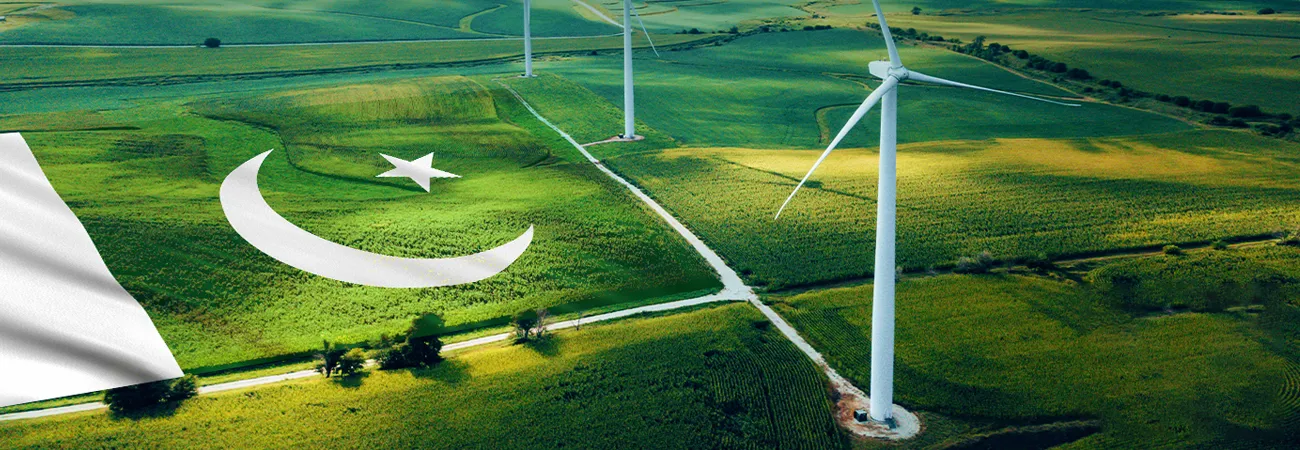i ECONOMY
Pakistan has witnessed a substantial 6% increase in its total domestic and external debt stocks during the first seven months of the current fiscal year, coupled with persistent difficulty in meeting debt servicing obligations. This has led to a 1.4-fold rise in the debt-to-GDP ratio and an overall 1.8-fold increase in the country's debt, reports WealthPK. Pakistan's total public debt. Source: Tabadlab report Talking to WealthPK, Saeed Ullah Khan, Director at Glow Consultants, identified the primary factor behind the surge in domestic debt. The anticipated 6.1 billion dollars earmarked for borrowing from the commercial sector abroad and the issuance of sukuk/Eurobonds fell short due to unchanged ratings from major international agencies, despite approval of the Stand-By Arrangement (SBA) loan by the IMF board.
Saeed Ullah emphasized a crucial detail, noting that the comparison was not drawn between the corresponding periods of the previous and current years. Instead, the comparison was made between the end of the last fiscal year and the first seven months of the current year. The surge, primarily attributed to domestic debt, shows an increase from 38.3 trillion rupees in June 2023 to 42.62 trillion rupees by the end of January 2024, reflecting a substantial rise of 4.3 trillion rupees. Pakistan's total public debt has reached USD219.6 billion, equivalent to PKR62.9 trillion. This substantial figure underscores the financial obligations the country faces and highlights the magnitude of its debt burden in both domestic and external terms. Talking to WealthPK, Umar Nadeem, Head of Advisory at Tabadlab, highlighted the fiscal mismanagement, and pointed out the failure of the government to control budgeted current expenditure, evident in the 43% rise in the fiscal deficit during the first half of the current year compared to the same period the previous year.
Development expenditure suffered a 5.9% cut, impacting the growth rate and potentially contributing to delays in releasing the growth rate data for the second quarter. He said there was a dire need for reforms in Pakistan's current tax structure and a shift from heavy reliance on indirect taxes, constituting over 75%, to direct taxes based on the ability-to-pay principle. In conclusion, Umar Nadeem underscored the critical economic challenges facing Pakistan and urged the government to take bold measures to break the cycle of flawed policies. The high budget deficit, recurrent current account deficit, and reliance on the Fund programs have created an economic impasse, necessitating immediate attention to sustainable solutions. In order to meet the debt servicing, Pakistan has to refrain from the current tax structure.
Credit: Independent News Pakistan









